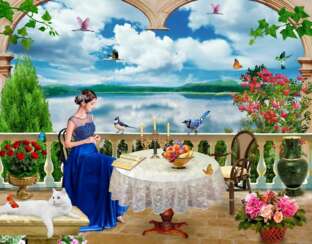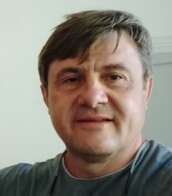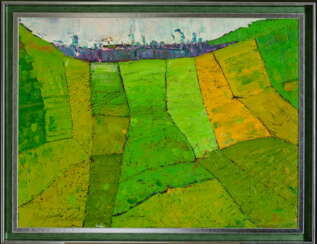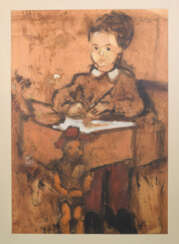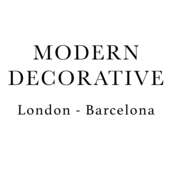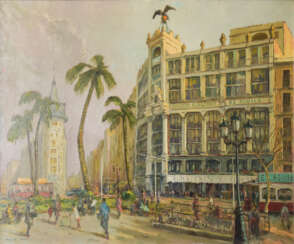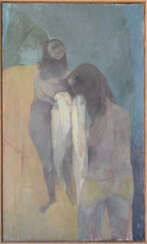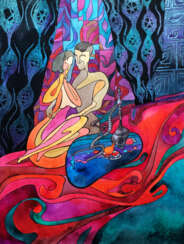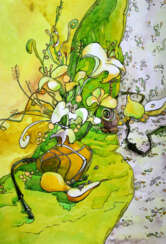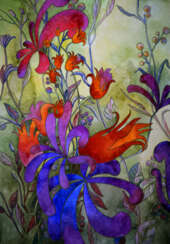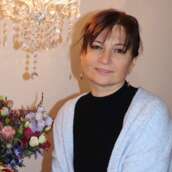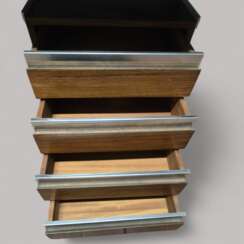2265 Items by auctions and galleries:
modern frame
Морская фантазия
Radiy Sivak (b. 1965) 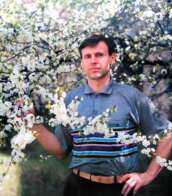 Shop Sivak Radiy
Shop Sivak Radiy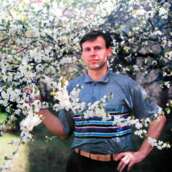

Radiy Sivak
01.01.1965
Ukraine
Каждый день, когда ночь накрывает планету и она замедляет свой бег, когда в глубине космоса рождаются новые звёзды, затихает шум городов и засыпают сверчки, а свежий воздух льётся над полями - я начинаю улавливать вибрацию космоса. И начинается магия. Голос свыше зовёт и приглашает в фантастическое путешествие в яркий мир, залитый светом, любовью и радостью. Подчиняясь призыву, я преодолеваю пространство и время, посещая другие планеты или отправляясь в прошлое нашей Земли. Моё сознание отправлется туда, где я не был никогда и нет границ фантазиям. Что это? Сон или явь? Или сон наяву?
В сиреневом тумане как будто я лечу, и передо мной встают волшебные миры с фантастическими видениями. Всё это настолько явно, что запоминается каждая маленькая деталь, кажда росинка на траве и каждый луч света, играющий в цветах. Это настощее чудо, приятное как чистая горная вода и Магия каждого дня. И эти приливы радостных желаний к творчеству повторяются постоянно.
Отображая этот мир в своих картинах, я хочу передать тебе салют своих безумных ярких чувств, чтобы ты поверил в добрую магию так же сильно, как и я.

Artist shop
Sivak Radiy
Ukraine
Number of products: 10
Пейзаж с морем, цветами и девушкой
Radiy Sivak (b. 1965)  Shop Sivak Radiy
Shop Sivak Radiy

Radiy Sivak
01.01.1965
Ukraine
Каждый день, когда ночь накрывает планету и она замедляет свой бег, когда в глубине космоса рождаются новые звёзды, затихает шум городов и засыпают сверчки, а свежий воздух льётся над полями - я начинаю улавливать вибрацию космоса. И начинается магия. Голос свыше зовёт и приглашает в фантастическое путешествие в яркий мир, залитый светом, любовью и радостью. Подчиняясь призыву, я преодолеваю пространство и время, посещая другие планеты или отправляясь в прошлое нашей Земли. Моё сознание отправлется туда, где я не был никогда и нет границ фантазиям. Что это? Сон или явь? Или сон наяву?
В сиреневом тумане как будто я лечу, и передо мной встают волшебные миры с фантастическими видениями. Всё это настолько явно, что запоминается каждая маленькая деталь, кажда росинка на траве и каждый луч света, играющий в цветах. Это настощее чудо, приятное как чистая горная вода и Магия каждого дня. И эти приливы радостных желаний к творчеству повторяются постоянно.
Отображая этот мир в своих картинах, я хочу передать тебе салют своих безумных ярких чувств, чтобы ты поверил в добрую магию так же сильно, как и я.

Artist shop
Sivak Radiy
Ukraine
Number of products: 10
Oriental Night
Tatiana Ignat (b. 1985) 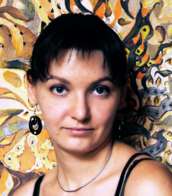 Shop Ignat Tatiana
Shop Ignat Tatiana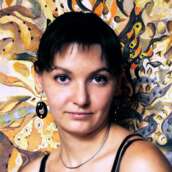

Tatiana Ignat
19.11.1985
Moldova
My name is Tatiana Ignat.
I am professional painter living in Chisinau Moldova.
Many things inspire me: bright colors and nuances, patterns and ornaments. They are captivating and charming.
I am inspired by nature: flowers, landscapes and seasons.
I adore city panoramic views … Klimt’s paintings ….fire shows …. and remarkable persons….
… Autumn fragrance of fallen leaves, moisture and veil…
Topics and subjects of the paintings come to me on its own. There are a lot of pictures, images and styles in my head and I need to pick out the most interesting from them which I ‘ll paint.
It is extremely pleasant when you are interested in my paintings.
I am achieving my paintings to be beautiful, pleasing to the eye and clear.
I would like my paintings make to feel inspiration,
sometimes delight or admiration,
calmness, sometimes elation.
I dream my paintings make feel growing wings behind your back, dear viewer!
Thank you for visiting my shop!
Additional information:
- credibility, carefulness and thoroughness in the execution of the order
- optimal terms in the execution of the order which are taking into account quality and quickness
Quality is highly appreciated in my creation.
That’s why I use only expensive high-quality best materials: paper, paints, canvases.
I USE ONLY SUBFRAMES (stretched bars) ORDERED FROM THE CARPENTER AND STRETCHED WITH CANVAS AND PRIMED BY MYSELF.
I DO NOT USE subframes (stretched bars) purchased in the store because they can warp after 3-4 years under the influence of temperature difference, the tension of the canvas or thin wood.

Artist shop
Ignat Tatiana
Moldova
Number of products: 13
Yellow Green Still Life
Tatiana Ignat (b. 1985)  Shop Ignat Tatiana
Shop Ignat Tatiana

Tatiana Ignat
19.11.1985
Moldova
My name is Tatiana Ignat.
I am professional painter living in Chisinau Moldova.
Many things inspire me: bright colors and nuances, patterns and ornaments. They are captivating and charming.
I am inspired by nature: flowers, landscapes and seasons.
I adore city panoramic views … Klimt’s paintings ….fire shows …. and remarkable persons….
… Autumn fragrance of fallen leaves, moisture and veil…
Topics and subjects of the paintings come to me on its own. There are a lot of pictures, images and styles in my head and I need to pick out the most interesting from them which I ‘ll paint.
It is extremely pleasant when you are interested in my paintings.
I am achieving my paintings to be beautiful, pleasing to the eye and clear.
I would like my paintings make to feel inspiration,
sometimes delight or admiration,
calmness, sometimes elation.
I dream my paintings make feel growing wings behind your back, dear viewer!
Thank you for visiting my shop!
Additional information:
- credibility, carefulness and thoroughness in the execution of the order
- optimal terms in the execution of the order which are taking into account quality and quickness
Quality is highly appreciated in my creation.
That’s why I use only expensive high-quality best materials: paper, paints, canvases.
I USE ONLY SUBFRAMES (stretched bars) ORDERED FROM THE CARPENTER AND STRETCHED WITH CANVAS AND PRIMED BY MYSELF.
I DO NOT USE subframes (stretched bars) purchased in the store because they can warp after 3-4 years under the influence of temperature difference, the tension of the canvas or thin wood.

Artist shop
Ignat Tatiana
Moldova
Number of products: 13
Red Violet Still Life
Tatiana Ignat (b. 1985)  Shop Ignat Tatiana
Shop Ignat Tatiana

Tatiana Ignat
19.11.1985
Moldova
My name is Tatiana Ignat.
I am professional painter living in Chisinau Moldova.
Many things inspire me: bright colors and nuances, patterns and ornaments. They are captivating and charming.
I am inspired by nature: flowers, landscapes and seasons.
I adore city panoramic views … Klimt’s paintings ….fire shows …. and remarkable persons….
… Autumn fragrance of fallen leaves, moisture and veil…
Topics and subjects of the paintings come to me on its own. There are a lot of pictures, images and styles in my head and I need to pick out the most interesting from them which I ‘ll paint.
It is extremely pleasant when you are interested in my paintings.
I am achieving my paintings to be beautiful, pleasing to the eye and clear.
I would like my paintings make to feel inspiration,
sometimes delight or admiration,
calmness, sometimes elation.
I dream my paintings make feel growing wings behind your back, dear viewer!
Thank you for visiting my shop!
Additional information:
- credibility, carefulness and thoroughness in the execution of the order
- optimal terms in the execution of the order which are taking into account quality and quickness
Quality is highly appreciated in my creation.
That’s why I use only expensive high-quality best materials: paper, paints, canvases.
I USE ONLY SUBFRAMES (stretched bars) ORDERED FROM THE CARPENTER AND STRETCHED WITH CANVAS AND PRIMED BY MYSELF.
I DO NOT USE subframes (stretched bars) purchased in the store because they can warp after 3-4 years under the influence of temperature difference, the tension of the canvas or thin wood.

Artist shop
Ignat Tatiana
Moldova
Number of products: 13





